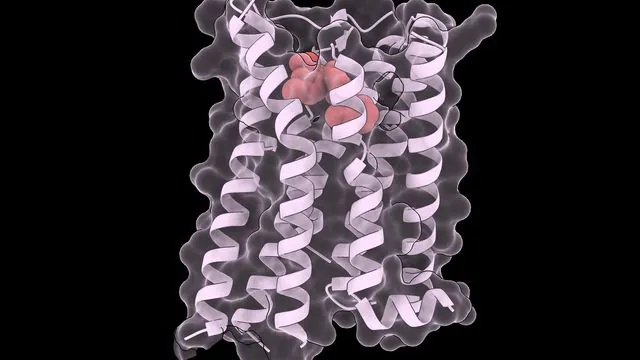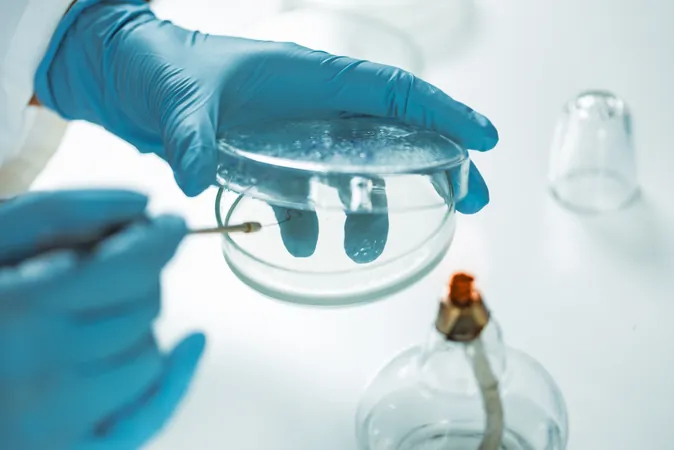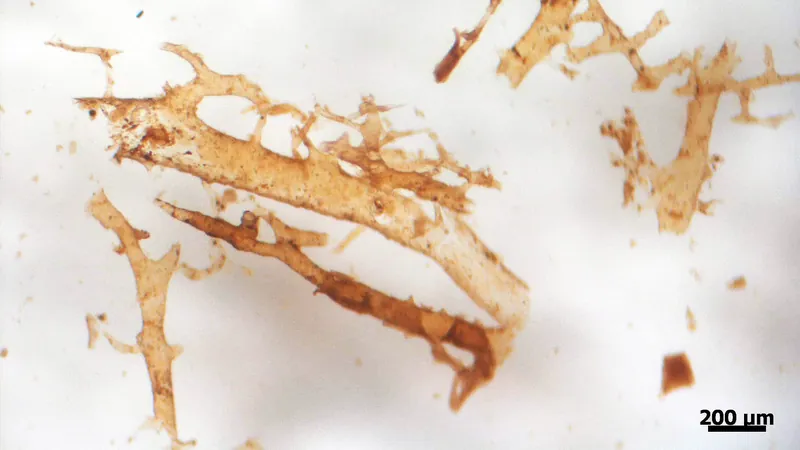
Revolutionary Drug Emerges as 'Nearly Universal' Solution for Rare Genetic Disorders!
2025-09-22
Author: Siti
Breakthrough Study Unveils Game-Changing Drug Effectiveness
In a groundbreaking study published in *Nature Structural & Molecular Biology*, scientists have unveiled compelling evidence that a single, already approved drug can stabilize nearly all mutated versions of a human protein, regardless of the mutation's location in the sequence. This major advancement could change the landscape of treatment for rare diseases.
A Closer Look at Nephrogenic Diabetes Insipidus
The focus of the research is the vasopressin V2 receptor (V2R), a protein essential for proper kidney function. Mutations in this receptor prevent kidney cells from responding to vasopressin, leading to nephrogenic diabetes insipidus (NDI). Individuals with NDI, which affects about 1 in 25,000 people, suffer from severe thirst and produce excessive amounts of dilute urine.
Tolvaptan: A Hopeful Treatment on the Horizon
By creating a staggering 7,000 variants of V2R in the lab, researchers discovered that the oral medication tolvaptan—previously approved for other kidney-related disorders—restored nearly normal receptor levels in 87% of destabilized mutations. This included 60 out of 69 known disease-causing mutations.
How Does It Work?
Dr. Taylor Mighell, a key researcher on the project, explains that V2R operates through a meticulous cellular traffic system. Mutations create blockages preventing V2R from reaching the cell surface. However, tolvaptan stabilizes the receptor long enough for the cell's quality control to facilitate its movement to the surface.
A New Approach to Rare Disease Treatment?
This crucial study is the first to demonstrate a drug acting as a 'nearly universal' pharmacological chaperone that stabilizes protein structures across various mutations. This approach may challenge the traditional mindset of drug development for rare diseases, which often focuses on targeting specific mutations.
A Major Step Forward for Rare Disease Medicine
Rare diseases, defined as conditions affecting fewer than 1 in 2000 people, represent a significant global health challenge, impacting around 300 million individuals worldwide. With many rare diseases stemming from genetic mutations that affect protein stability, the implications of this research could shift the paradigm in drug development toward focusing on stabilizing entire proteins, rather than merely addressing specific mutations.
Implications for Future Drug Development
The V2R receptor is part of the expansive family of G-protein-coupled receptors (GPCRs), which are the targets for roughly one-third of all approved drugs. If the findings hold true for other GPCR family members, drug developers might prioritize the quest for general pharmacological chaperones, streamlining the development process for numerous genetic conditions.
A New Roadmap for Rare Disease Treatment?
As researchers gather more data and confirm the functionality of rescued receptors, this study offers hope for a revolutionary approach to treating rare diseases—one that could change lives globally. The future of rare disease drug development looks brighter, thanks to this promising advance with tolvaptan.





 Brasil (PT)
Brasil (PT)
 Canada (EN)
Canada (EN)
 Chile (ES)
Chile (ES)
 Česko (CS)
Česko (CS)
 대한민국 (KO)
대한민국 (KO)
 España (ES)
España (ES)
 France (FR)
France (FR)
 Hong Kong (EN)
Hong Kong (EN)
 Italia (IT)
Italia (IT)
 日本 (JA)
日本 (JA)
 Magyarország (HU)
Magyarország (HU)
 Norge (NO)
Norge (NO)
 Polska (PL)
Polska (PL)
 Schweiz (DE)
Schweiz (DE)
 Singapore (EN)
Singapore (EN)
 Sverige (SV)
Sverige (SV)
 Suomi (FI)
Suomi (FI)
 Türkiye (TR)
Türkiye (TR)
 الإمارات العربية المتحدة (AR)
الإمارات العربية المتحدة (AR)